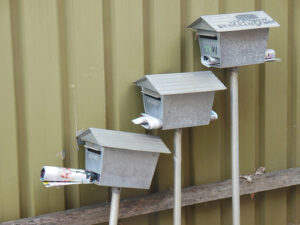What’s the Value of Reporting Relationships?
 Have you ever asked yourself that question? Or have you simply taken it all for granted? Why do we have them in our organizations? What’s their purpose? What value do they bring to the organization?
Have you ever asked yourself that question? Or have you simply taken it all for granted? Why do we have them in our organizations? What’s their purpose? What value do they bring to the organization?
Those aren’t purely rhetorical questions. I’m not implying that hierarchy and reporting relationships are altogether bad. I’m asking us all to be a little more clear about them, though. For example, in my most recent white paper, Making Conflict Work, I illustrate how reporting relationships can actually hurt our internal ability to deal with conflict. In many organizations, if you have a work-related conflict with someone in another department, you are actually supposed to raise it with the supervisor, rather than the person with whom you’ve got the problem. There’s some good intent behind the idea. The supervisor has been around longer, and may know a good solution to the problem. Or perhaps there is a concern that if employees across departments go on solving their own problems, they won’t see the big picture enough (like the supervisors do) and could cause other problems in the system.
Those are legitimate concerns, but I think we need to question our solution in this case. In solving those concerns (by having people take issues to the supervisor), we’ve created new problems, like the fact that we are actually decreasing the system’s ability for problems to be solved at the location of the problem. We are teaching our employees not to deal with each other directly. The impact of that pattern I think outweighs the risk of employees mucking things up. Besides, there are lots of ways to help them see the bigger picture so they don’t muck things up, and for goodness sake, can we just create an online repository of how problems have been solved in the past? Why do we keep that wisdom trapped in the supervisors?
So much of management today represents solutions to problems that (a) are create a bunch of new problems and (b) could be solved in a different way anyway, particularly with the technology we now have at hand. Let’s do it differently.
